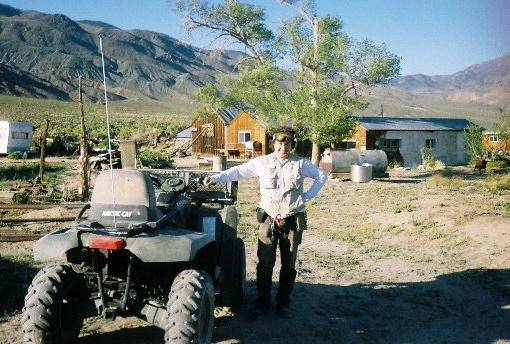Page added on October 27, 2012
More than a Dozen Nuclear Plants Near Hurricane Sandy’s Path Brace for Impact
Bloomberg reports:
“Because of the size of [Hurricane Sandy], we could see an impact to coastal and inland plants,” Neil Sheehan, a spokesman based in Philadelphia for the U.S. Nuclear Regulatory Commission, said by phone today. “We will station inspectors at the sites if we know they could be directly impacted.”
The NRC met earlier today to discuss the necessary precautions to take for the storm, Sheehan said. Plants must begin to shut if wind speeds exceed certain limits, he said.
As of 2 p.m. New York time, Sandy had winds of 75 miles (121 kilometers) per hour, according to the National Hurricane Center in Miami. It was about 430 miles south-southeast of Charleston, South Carolina, moving north at 7 mph.
The current Hurricane Center track calls for the system to come ashore just south of Delaware Bay on Oct. 30.
Reuters provides a list:
The following lists the nuclear reactors and utilities in Sandy’s potential path.
While we don’t foresee any problems, the risk of nuclear accident in the U.S. is actually much greater than it was in Japan before Fukushima.
For example, fuel pools in the United States store an average of ten times more radioactive fuel than stored at Fukushima, and have virtually no safety features.
Indeed, Pilgrim’s spent fuel pools (3rd from last on Reuters’ list) – contain more radioactive cesium than released by Fukushima, Chernobyl and all nuclear bomb tests combined.
If Indian Point (5th from last) melted down, it could close New York City for years, and cost half a trillion dollars or more.
North Anna (3rd from top) leaked tritium last year after an earthquake shook the plant and shifted around gigantic radioactive storage casks.
Vermont Yankee (last) – which has around 10 times more spent fuel rods than any of the individual Fukushima reactors – also leaked tritium.
And Three Mile Island (9th from top) suffered another leak in the cooling system last month.
With a little more digging, we could easily document problems at all of the nuclear plants. After all, the U.S. has 23 reactors which are virtually identical to Fukushima. The archaic uranium reactor designs developed more than 40 years ago are only good for making bombs.
Most American nuclear reactors are old. They are aging poorly, and are in very real danger of melting down. And yet the NRC is relaxing safety standards at the old plants. And see this.
Indeed, while many of the plants are already past the service life that the engineers built them for, the NRC is considering extending licenses another 80 years, which former chairman of the Tennessee Valley Authority and now senior adviser with Friends of the Earth’s nuclear campaign David Freeman calls “committing suicide”.
3 Comments on "More than a Dozen Nuclear Plants Near Hurricane Sandy’s Path Brace for Impact"



BillT on Sat, 27th Oct 2012 4:28 am
Ah yes…
http://en.wikipedia.org/wiki/List_of_assets_owned_by_General_Electric
You need to review this list at this site and then you will know why you don’t hear anything negative about nuclear energy on the MSM prestitute circle jerk. Not only has GE built the geriatric nuclear facilities being propped up in the Us, but they built Fukushima also. The US is a nuclear disaster waiting to happen.
Cloud9 on Sat, 27th Oct 2012 11:28 am
Imagine how exiting the eastern seaboard would be if La Palma explodes and half the island slips off into the ocean. I wonder how many of those reactors would be kissed by the corresponding tsunami?
Rick on Sat, 27th Oct 2012 8:49 pm
Right on BillT.
Also storms like this one coming, have the potential to take out the grid, at least some of it for awhile. There will be even bigger storms in the future thanks to AGW.